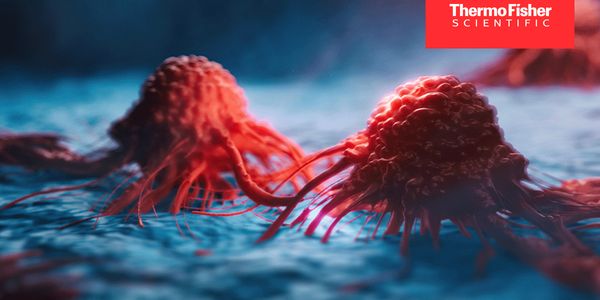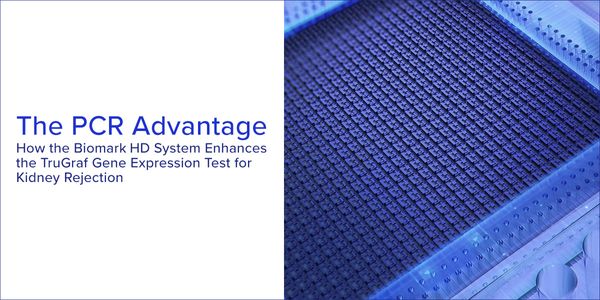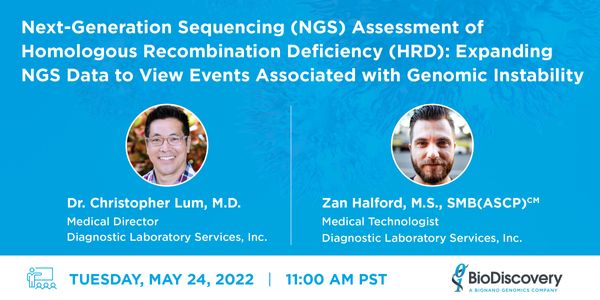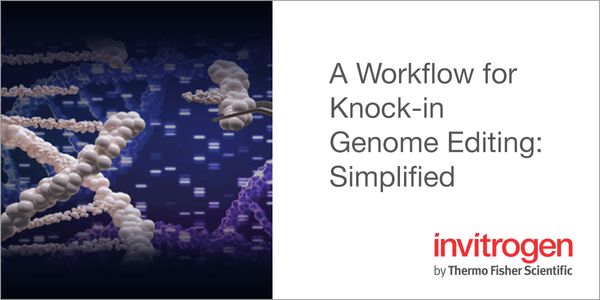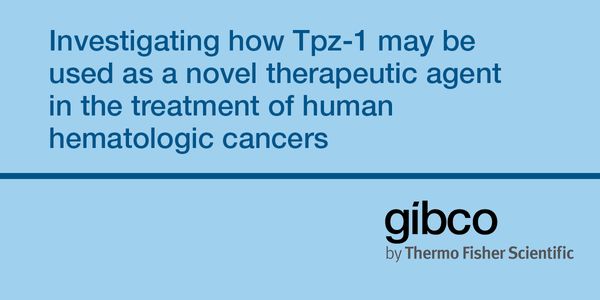DNA Damage
DNA Damage: is an alteration in the chemical structure of DNA, such as a break in a strand of DNA, a base missing from the backbone of DNA, or a chemically changed base such as 8-OHdG. DNA damage can occur naturally or via environmental factors.
-
The study of 3D organoids has transformed biomedical research, offering a more accurate representation of in vivo conditions. Maximizing the potential of 3D organoid research requires advanc...Speaker: Andris Abramenkovs
DEC 07, 2022 | 9:00 AM
Date: December 07, 2022 Time: 9:00am (PST), 12:00pm (EST), 6:00pm (CET) Join us for an exciting live panel webinar, as we celebrate the 60th anniversary of Gibco Cell Culture. The panelists...
Speaker:
Jessica Hess
, Rukia Henry
, Ernesto Goulart
, Ameet Chimote, PhD
Sponsored By: Thermo Fisher Scientific/Gibco
JUL 26, 2022 | 9:00 AM
Date: July 26, 2022 Time: 9:00am (PDT), 12:00pm (EDT), 6:00pm (CEST) Organoids and spheroids are increasingly being used in many research applications, including drug discovery, toxicology,...
JUN 30, 2022 | 9:00 AM
Date: June 30, 2022 Time: 9:00am (PDT), 12:00pm (EDT), 6:00pm (CEST) Subclinical acute rejection (SubAR) is a significant risk for kidney transplant recipients, affecting 1 in 4 patients. Ea...
MAY 24, 2022 | 11:00 AM
Date: May 24, 2022 Time: 11:00am (PDT), 2:00pm (EDT), 7:00pm (CEST) NGS tumor profiling has become the mainstay of modern cancer therapy. Several NCCN-guided and FDA-approved therapies are c...
Speaker:
Dr. Christopher Lum, M.D.
, Zan Halford, M.S. SMB(ASCP)CM,
Sponsored By: BioDiscovery, A Bionano Genomics Company
MAR 22, 2022 | 7:00 AM
Date: March 22, 2022 Time: 7:00am (PDT), 10:00am (EDT), 4:00pm (CEST) DNA replication happens at the very early stage of cell development, at such early stages of development...
Cas9 based therapeutics have the potential to revolutionize the treatment of genetic diseases. However, safe and effective methods for delivering Cas9 protein, gRNA and donor DNA need to be...
SEP 17, 2021 | 12:00 PM
Date: September 16, 2021 Time: 9:00pm (PDT), 12:00am (EDT) 3D cellular models like organoids and spheroids offer an opportunity to better understand complex biology in a physiologically rele...
The presentation will provide a review of major emerging zoonotic virus outbreaks from Hendra virus in 1994 in Australia to SARS-CoV-2 in China 2019 and our latest findings on bat biology an...
Today's presentation will cover the following topics from the perspective of a NYC based Laboratory: What have we learned year to date about CoV-2 and specifically how diagnostic testing...
Speaker:
Vincent Streva, PhD
High grade serous ovarian cancer is characterized by genomic instability, with ~50% of advanced tumors harboring homologous recombination repair (HRR) pathway deficiency (HRD). HRD results i...
Speaker:
Natalie Ngoi, MBBS, MMed, MRCP
Presented at: OncomineWorld 2022: A Virtual NGS Education Meeting
High grade serous ovarian cancer is characterized by genomic instability, with ~50% of advanced tumors harboring homologous recombination repair (HRR) pathway deficiency (HRD). HRD results i...
Speaker:
Natalie Ngoi, MBBS, MMed, MRCP
Presented at: OncomineWorld Autumn: A virtual NGS education meeting
The CRISPR/Cas genome editing system has revolutionized nearly every aspect of the life science industry. Until recently, the most used formats for this technology have been plasmids, mRNA,...
Speaker:
Gurpreet Balrey, PhD
, Peter Romanienko, PhD
Cas9 based therapeutics have the potential to revolutionize the treatment of genetic diseases. However, safe and effective methods for delivering Cas9 protein, gRNA and donor DNA need to be...



